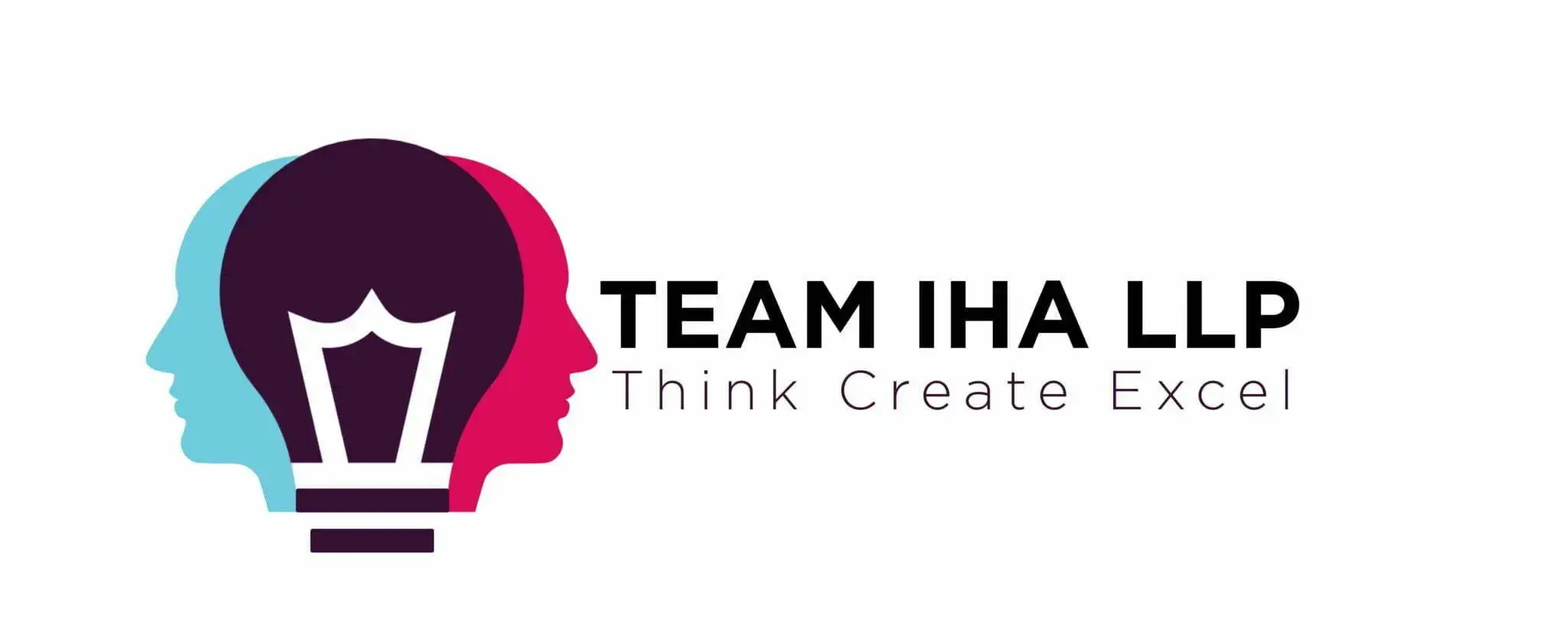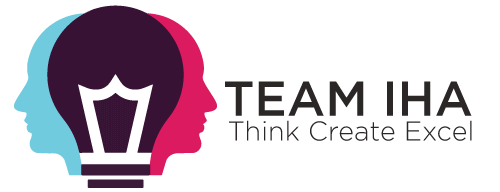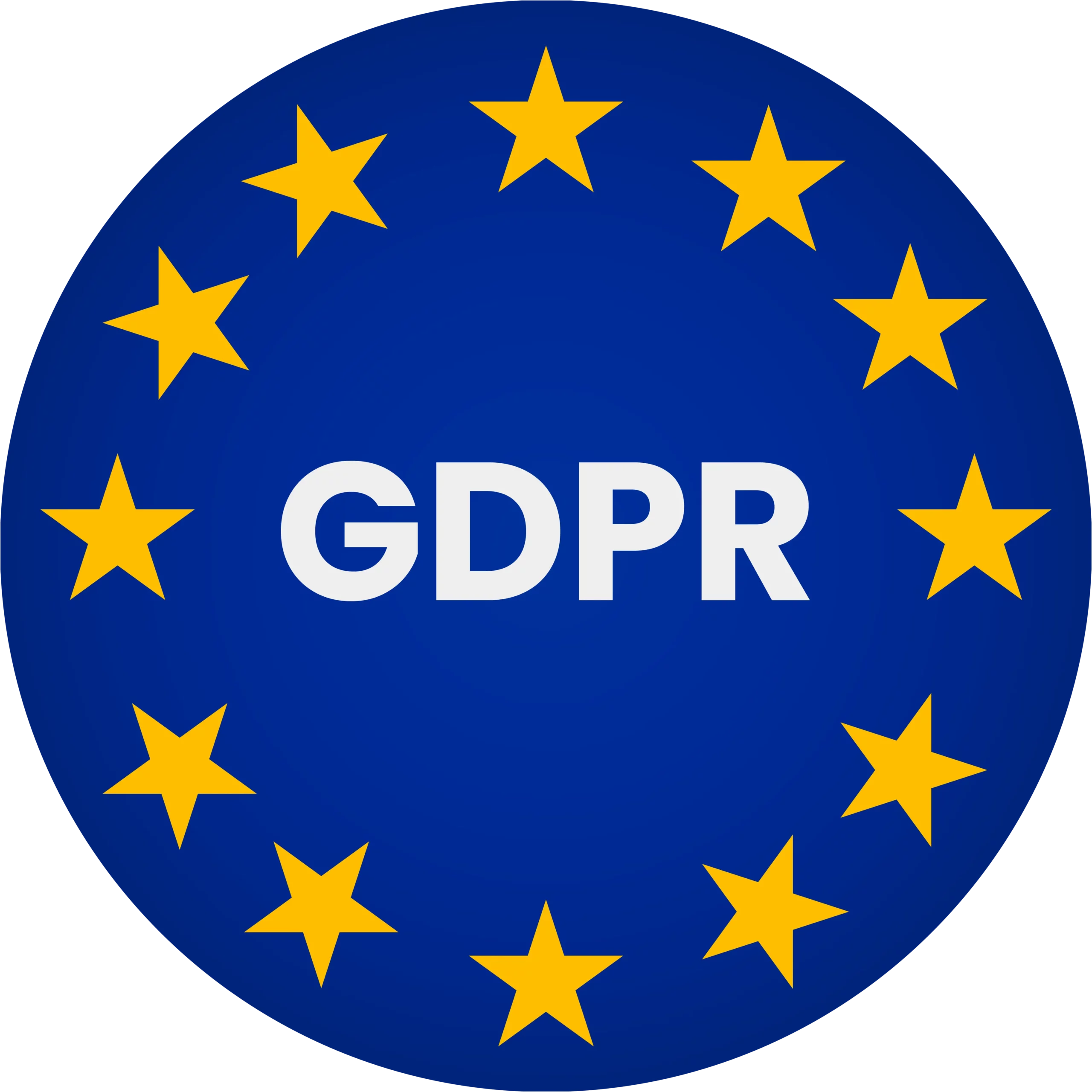OpenAI has just rolled out its newest tool in the API lineup — ImageGen, and it’s already making waves across the developer community. The announcement came straight from CEO Sam Altman, who kept it light and fun on X (formerly Twitter):
“imagegen is launched in the openai api! build cool stuff plz.”
What Is ImageGen?
In simple terms, ImageGen lets developers generate images directly through the OpenAI API — making it incredibly easy to build apps, websites, or tools that create visuals on the fly. But it’s not just about making pictures; it’s about control, speed, and customization.
Developers can now:
- Choose how fast the image is created
- Adjust the level of detail
- Set backgrounds and file formats
- Fine-tune the content filter sensitivity based on project needs
This flexibility opens up tons of creative possibilities for startups, agencies, and established platforms alike.
Who’s Using It Already?
Several major brands are already getting creative with ImageGen:
- Canva is experimenting with converting hand-drawn sketches into polished, shareable designs
- GoDaddy is building tools that help users easily create and tweak logos
- HubSpot is exploring marketing visuals that can be generated in seconds
- Instacart is working on auto-generating recipe cards and shopping list visuals
- InVideo, a video platform, is integrating it into smarter content editing tools
Built-In Safety and Privacy
ImageGen runs on a new model called gpt-image-1, designed with safety in mind. OpenAI has included strong safeguards to prevent harmful or inappropriate content generation. Plus, the company has clearly stated it does not train its models on API customer data, keeping privacy and trust a top priority.
What About the Cost?
Pricing for ImageGen is refreshingly straightforward — each image ranges from just 2 to 19 cents, depending on quality and speed settings. Whether you’re creating a quick concept sketch or a detailed marketing visual, it stays budget-friendly.
The Bottom Line
OpenAI’s ImageGen is more than just another tool — it’s a creative engine that gives developers, marketers, and designers powerful new ways to generate images quickly and with precision. With early adoption from some big players and broad flexibility baked in, it’s clear this is just the beginning of a much more visual future.












